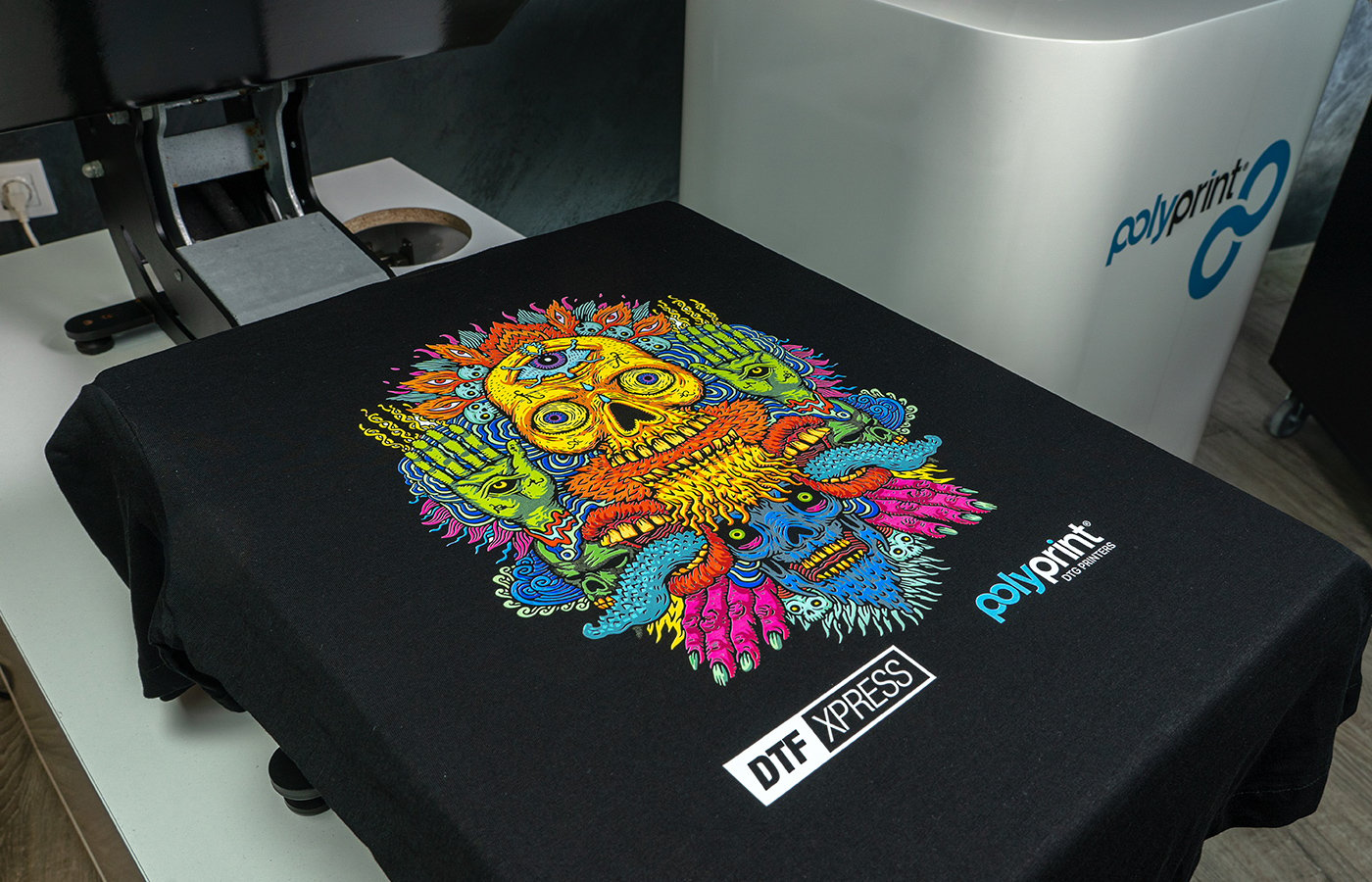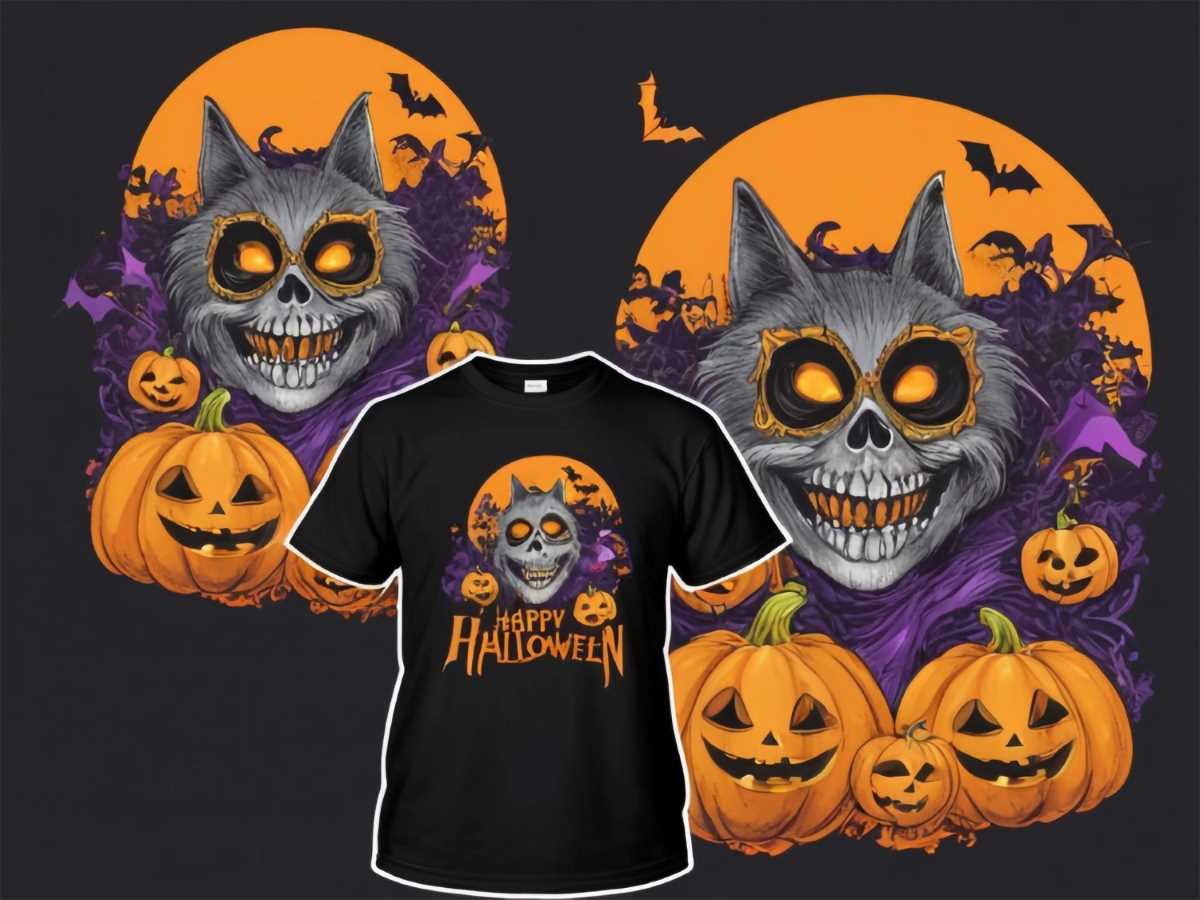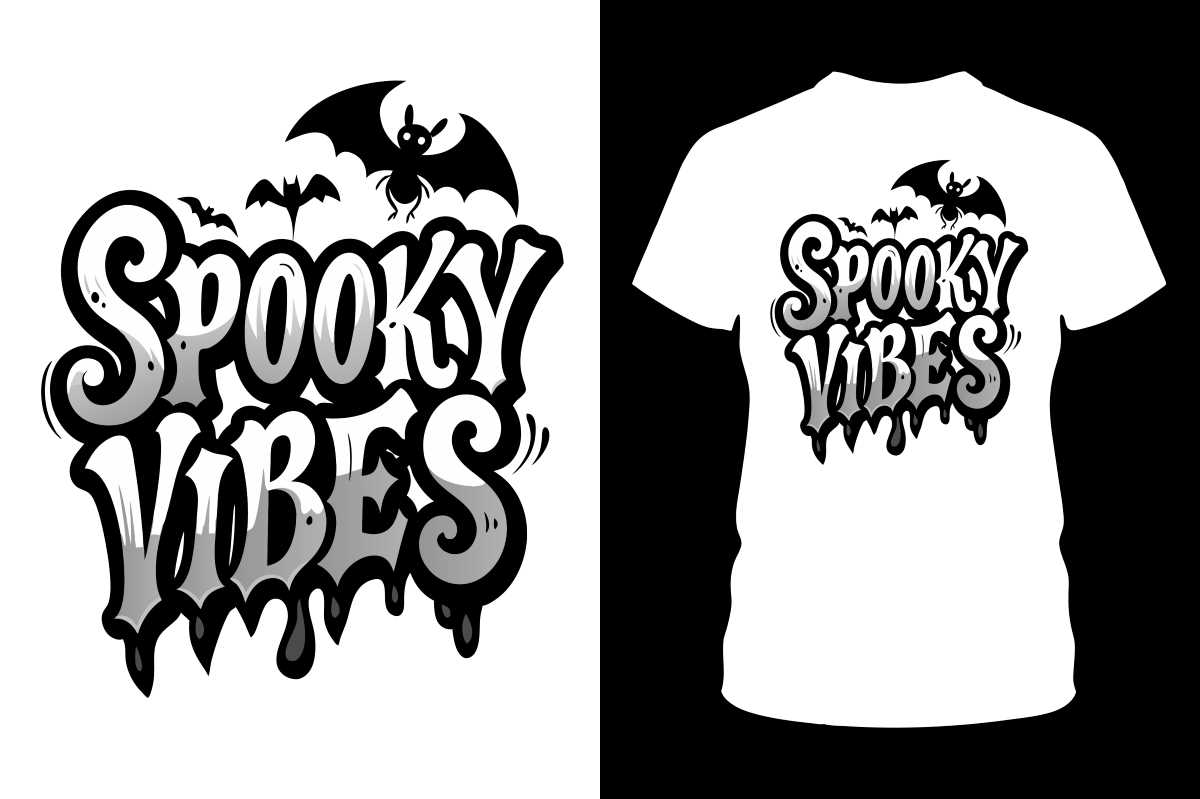In the rapidly changing landscape of textile printing, DTF printing, or Direct-to-Film technology, stands out as a revolutionary technique that is transforming how designs are transferred onto fabrics. This innovative process not only offers high-quality and vibrant prints but also boasts numerous benefits, making it a preferred choice among garment decorators and print service providers. DTF printing advantages include its ability to print on various fabric types without the need for complex pre-treatment, streamlining the workflow for many businesses. Additionally, the latest DTF printers are amplifying efficiency and expanding possibilities for customization. As sustainability becomes increasingly important, DTF printing emerges as a more eco-friendly alternative compared to traditional methods, marking a significant shift towards sustainable printing methods in the industry.
Direct-to-Film technology, often abbreviated as DTF, represents a cutting-edge approach in the realm of fabric printing, generating excitement among designers and manufacturers alike. This method leverages specialized equipment to create stunning, long-lasting transfers that can adhere to numerous textile surfaces, setting it apart from its peers. As we navigate the nuances of DTF printing versus sublimation, it becomes evident that this technique delivers unmatched versatility for various fabric selections, allowing for creative expression without the constraints of other methods. Moreover, integrating DTF printing into production lines paves the way for more sustainable practices within the apparel industry, aligning with modern consumer preferences. Overall, the evolution of Direct-to-Film technology heralds a new era for textile producers seeking both quality and efficiency.
The Advantages of DTF Printing Over Traditional Methods
DTF printing offers several advantages over traditional printing techniques such as screen printing and direct-to-garment (DTG) printing. One of the primary benefits is its ability to produce high-quality images without the need for extensive setup. Unlike screen printing, which requires multiple screens for various colors, DTF printing utilizes a single transfer film to produce vibrant, multicolored designs. This efficiency not only reduces production times but also allows for more intricate designs to be printed without additional costs.
Another significant advantage of DTF printing is its compatibility with a wide range of fabrics. This versatility allows brands and designers to switch between cotton, polyester, and blends without changing their printing process. Moreover, DTF printing does not require pre-treatment, which simplifies the workflow and reduces costs. As a result, businesses can take advantage of quicker turnarounds and deliver high-quality products that meet customer expectations at competitive prices.
Sustainable Printing Methods in DTF Technology
Sustainability is becoming increasingly important in textile production, and DTF printing is at the forefront of this movement. By minimizing waste during the printing process, DTF technology facilitates eco-friendly practices, which are essential for businesses striving to reduce their environmental impact. The process produces less ink waste compared to traditional methods, as it allows for precise color application without excess.
Furthermore, DTF printing utilizes water-based inks, which are significantly less harmful to the environment than solvent-based inks commonly used in other printing methods. This shift towards sustainable printing methods not only benefits the planet but also appeals to consumers who favor brands with environmentally responsible practices. Companies that adopt DTF technology can market themselves as eco-conscious, attracting a growing demographic of sustainability-focused consumers.
DTF Printing vs. Sublimation: A Comparative Overview
When comparing DTF printing and sublimation, it’s essential to consider the specific needs of fabric selection and design durability. DTF printing shines when it comes to applying designs on dark-colored fabrics, where sublimation may struggle to maintain vibrancy. While sublimation works best with polyester materials and yields superb results, it requires a polyester base for full transfer of colors, limiting its versatility compared to DTF technology.
Additionally, DTF printing offers greater flexibility with fabric types, allowing users to work with cotton blends, which is a significant advantage over sublimation. The adaptability to a broader range of fabrics, combined with vibrant colors and an efficient production process, positions DTF printing as a strong candidate for those seeking high-quality textile prints across various materials.
Navigating the Latest DTF Printers in the Industry
The introduction of modern DTF printers has transformed the capabilities within the printing industry, making high-quality output more accessible to businesses. Models such as the Epson SureColor G6070 have gained attention for their reliability and advanced features suited for garment decorators and print service providers. These latest printers are designed to maximize efficiency while maintaining consistent quality, catering to the increasing demand for customizable prints.
Investing in state-of-the-art DTF printers not only enhances production quality but also opens doors to new business opportunities. With features like larger printing sizes and faster printing speeds, businesses can handle a higher volume of orders. This increased capacity is particularly beneficial for print-on-demand businesses that require quick turnaround times, ultimately improving customer satisfaction and loyalty.
Accessibility and Affordability in DTF Printing
The growth of DTF printing technology has greatly enhanced accessibility for small businesses and independent creators. The recent introduction of compact models, such as the A3 DTF printer by AM.CO.ZA, allows entrepreneurs to enter the market without the burden of significant financial investment. This democratization of printing technology is pivotal for freelancers and small shops, fostering innovation and creativity in the industry.
This newfound accessibility encourages more artists and businesses to experiment with unique designs, thus revitalizing the print-on-demand sector. By lowering entry barriers, DTF printing fuels competition and innovation, enabling small players to carve out their niches in a diverse marketplace filled with custom fabric needs.
The Future of DTF Printing: Innovations and Trends
As DTF printing technology evolves, numerous innovations are shaping its future in the textile industry. Advancements in printer capabilities, such as increased print speeds and better ink formulations, are driving improvements in quality and efficiency. Furthermore, as more companies recognize the potential of DTF, investment in R&D will likely lead to exciting new products and applications for this printing method.
Trends indicate a growing shift towards personalization and customization in consumer preferences, which aligns perfectly with the DTF printing model. As businesses adapt to these consumer demands, DTF printing will emerge as a pivotal part of their strategy to provide unique, high-quality, and sustainable products that resonate with today’s market.
Frequently Asked Questions
What is DTF printing and how does it work?
DTF printing, or Direct-to-Film printing, is an innovative method of applying designs onto fabrics by printing directly onto a transfer film. This film is then heated and pressed onto the fabric, resulting in vibrant and durable prints. Unlike traditional methods, DTF allows printing on a variety of fabrics without pre-treatment, making it suitable for various applications.
What are the advantages of DTF printing compared to traditional printing methods?
DTF printing offers several advantages over traditional textile printing methods. It provides high-resolution, full-color outputs, is versatile for various fabric types, and does not require pre-treatment. Additionally, it minimizes textile waste and supports sustainable printing methods, making it an eco-friendly choice for businesses.
How does DTF printing differ from sublimation printing?
DTF printing differs from sublimation printing in that it can effectively print on both light and dark fabrics, while sublimation is typically only suitable for light-colored polyester items. DTF printing allows for a wider range of fabric options and often yields better results for complex designs, especially on darker textiles.
What are the latest advancements in DTF printers?
The latest advancements in DTF printers include the introduction of compact models like the A3 DTF printer, which makes the technology accessible to small businesses, and the addition of large-format printers that enhance capacity and printing quality, ensuring same-day shipping for orders. Brands like Epson are also developing reliable DTF printers to meet growing market demands.
What role does sustainability play in DTF printing technology?
Sustainability is a significant aspect of DTF printing technology. It reduces waste by utilizing more efficient printing processes compared to traditional methods. This advancement not only conserves materials but also encourages eco-friendly practices, making DTF printing a sustainable choice for the textile industry.
What should businesses consider when choosing between DTF printing and other printing technologies?
When choosing between DTF printing and other technologies, businesses should consider factors such as fabric compatibility, print durability, color accuracy, and cost-effectiveness. DTF printing stands out for its adaptability to various fabrics and its ability to produce vibrant colors, especially on dark materials, making it a strong candidate for garment decorators.
| Key Points | Description |
|---|---|
| What is DTF Printing? | Direct-to-Film (DTF) printing is a modern textile printing technique that allows vibrant and detailed designs to be printed directly onto transfer films before applying them to fabrics. |
| Adaptability | DTF printing works on a wide variety of fabrics including cotton, polyester, and blends, requiring no pre-treatment, making it cost-effective for small businesses. |
| Sustainability Benefits | DTF printing minimizes waste and promotes eco-friendly practices, contributing positively to sustainability in the textile industry. |
| Recent Developments | Innovations such as compact printers for small businesses and the introduction of large-format printers by industry leaders enhance DTF’s accessibility and quality. |
| DTF vs. Other Technologies | Comparative advantages over sublimation printing include greater fabric versatility and superior durability, especially for dark fabric prints. |
Summary
DTF printing is revolutionizing the textile industry by merging quality and environmental responsibility in a versatile printing method. As we see advancements in Direct-to-Film technology, it opens up new possibilities for creators and businesses alike. With its ability to produce detailed and vibrant images across various fabric types without the need for pre-treatment, DTF offers a compelling alternative to traditional printing methods. From small-scale operations to larger enterprises, anyone involved in fabric decoration should consider the positive impact of DTF printing as a sustainable and efficient choice for the future.



